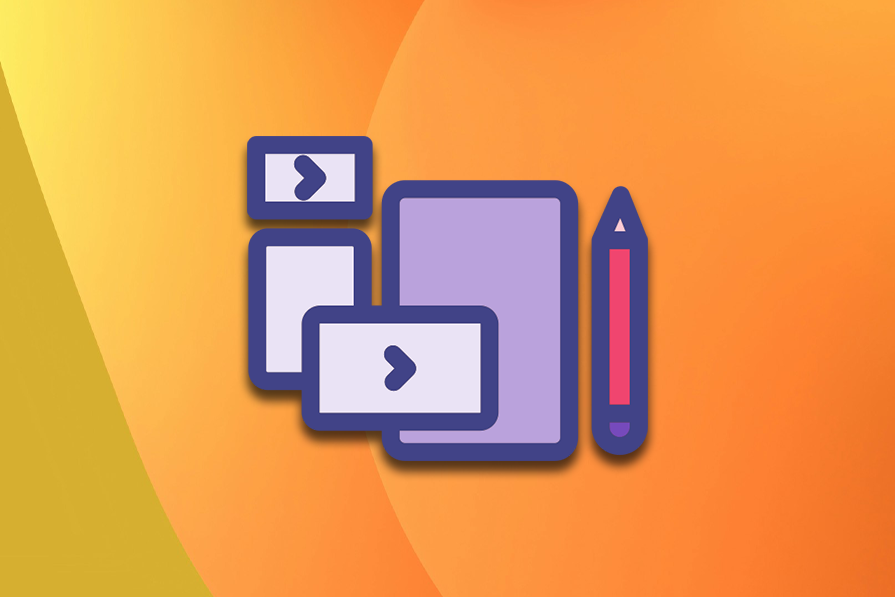Logrocket
3w
431

Image Credit: Logrocket
What are design constraints? — The power of limitations in design
- Design constraints are limitations or predefined conditions that design teams face during the product design process, affecting product quality positively by shaping the product within practical boundaries.
- Constraints include deadlines, budgets, brand guidelines, laws, resource availability, and technical limitations, among others.
- There are various types of design constraints, such as technical, business/logistical, creative, and legal/compliance constraints.
- Design constraints can improve focus, creativity, user-centricity, and overall product quality.
- Examples of design constraints include technical limitations like hardware variations, platform guidelines, and tech stack restrictions.
- Business constraints like deadlines, budgets, and resource availability also shape product design processes.
- Creative constraints, branding guidelines, design philosophies, and legal/compliance constraints are crucial in product design.
- Properly managing design constraints can lead to streamlined processes, improved consistency, and enhanced user experience.
- Common mistakes in handling design constraints include treating them as blockers, ignoring them, or using them to justify lazy decisions.
- Addressing design constraints effectively can significantly impact the success and quality of digital product designs.
Read Full Article
25 Likes
For uninterrupted reading, download the app